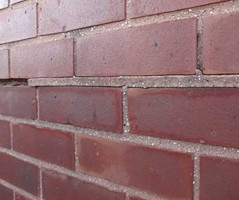Revit 2017 - New Features and Enhancements
Revit OpEd
APRIL 14, 2016
Last night I was able to download and install Building Design Suite 2017 from my Autodesk subscription account. With little fanfare Revit 2017 is here, brandishing a slightly changed big R logo. We'll see a need for upgrading from 2016 to 2017 files but not from 2016 to 2016 R2 files. Long Post Warning, worth it I hope.












Let's personalize your content